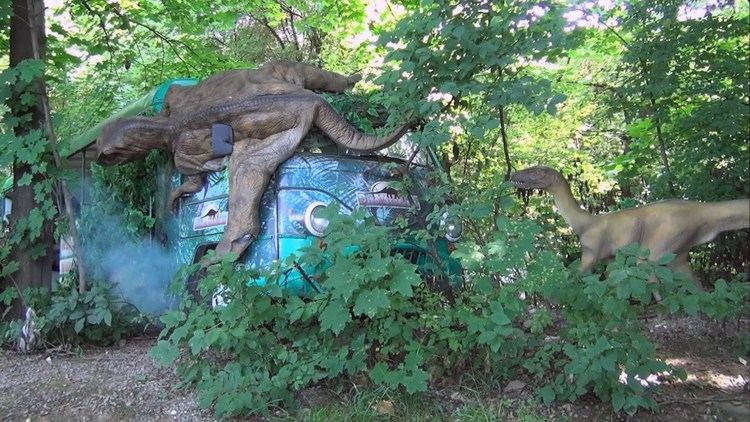Country Poland Gmina Zator Time zone CET (UTC+1) Area 11.53 km² Population 3,726 (2006) | County Oświęcim Elevation 239 m (784 ft) Postal code 32-640 Local time Sunday 5:25 AM Voivodeship Lesser Poland Voivodeship | |
 | ||
Weather 12°C, Wind E at 5 km/h, 54% Humidity Points of interest Energylandia, Zatorland, Park św Mikołaja, Dragon Roller coaster | ||
Halloween time amusement park poland energylandia zator roller coaster
Zator [ˈzatɔr] (German: Neuenstadt an der Schaue, Wymysorys: Naojśtaod) is an old town on the Skawa river within Oświęcim County, Lesser Poland Voivodeship (since 1999) in southern Poland. From 1975 to 1998 it belonged to the Bielsko-Biała Voivodeship. It is the administrative seat of the Gmina Zator. According to data from December 31, 2008, Zator was inhabited by 4779 people.
Contents
- Halloween time amusement park poland energylandia zator roller coaster
- Map of Zator Poland
- Outdoor activities for kids upside down house in zator poland blue orange
- Descriprion
- History
- Monuments
- Notable people
- Tourism
- Twin towns Sister cities
- References
Map of Zator, Poland
Outdoor activities for kids upside down house in zator poland blue orange
Descriprion
The city, located on the Skawa river, is well known for pisciculture, especially carp, and periodic event called Zatorskie Dni Karpia. Zator is the main city of the Carp Valley.
History
Originally a part of Lesser Poland, the area was acquired by the Silesian Piast Duke Władysław of Opole by an 1274 agreement with the Polish Princeps Bolesław V the Chaste. Zator then belonged to the Upper Silesian Duchy of Opole and after Władysław's death in 1281 fell to the Duchy of Cieszyn. It received town privileges in 1292.
From 1315 on Zator belonged to the Duchy of Oświęcim split off Cieszyn and in 1445 even became the capital of a Piast duchy in its own right, the Duchy of Zator under Duke Wenceslaus I, a Bohemian vassal. It finally fell back to the Kingdom of Poland, when in 1494 Wenceslaus' son Jan V sold his lands to King John I Albert.
From 1564 Zator had been incorporated into the Kraków Voivodeship of Lesser Poland; in the course of the 1772 First Partition of Poland it was annexed by the Habsburg Monarchy under Empress Maria Theresa of Austria and incorporated into the Austrian Kingdom of Galicia and Lodomeria. After the dissolution of Austria–Hungary by the 1919 Treaty of Saint-Germain Zator again fell to Poland.
During the World War II, Zator was incorporated to Nazi Germany as a part of the Province of Upper Silesia, and was liberated on January 26, 1945.
Monuments
Notable people
Tourism
Twin towns — Sister cities
Zator is twinned with:
